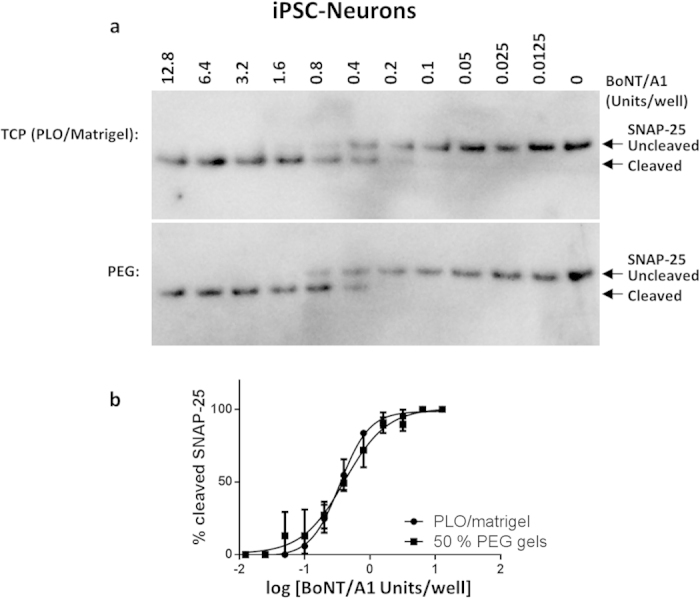Figure 1. BoNT/A1 detection using human iPSC-neurons cultured on TCP or PEG hydrogel surfaces.

Representative (a) Western blots for SNAP-25 cleavage and (b) EC50 curves for human iPSC-neurons cultured on poly-L-ornithine and Matrigel (PLO/Matrigel) coated tissue culture polystyrene (TCP) or poly(ethylene glycol) (PEG) hydrogels and treated with serial dilutions of BoNT/A1 (Units/Well). iPSC-neurons were exposed to BoNT/A1 for 48 h before cell lysates were harvested, followed by Western blot and densitometry analysis to quantify SNAP-25 cleavage. Sensitivity is expressed as BoNT activity (Units/well) to reach half the maximum response (EC50) for SNAP-25 cleavage, where 1 U is equivalent to the mLD50 determined using an in vivo mouse bioassay. The EC50 for iPSC-neurons was 0.41 ± 0.04 U/well on PEG hydrogels and 0.38 ± 0.06 U/well on PLO/Matrigel coated TCP.
